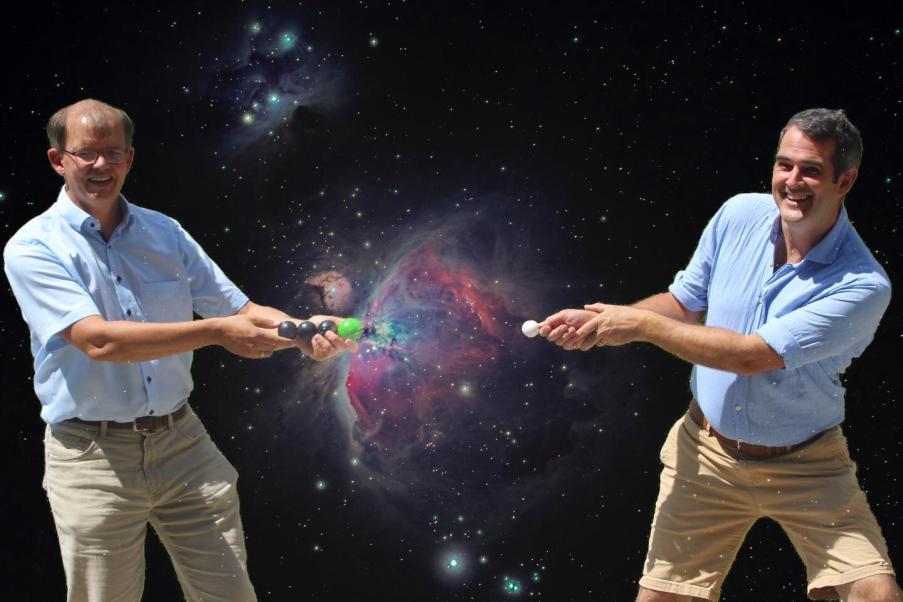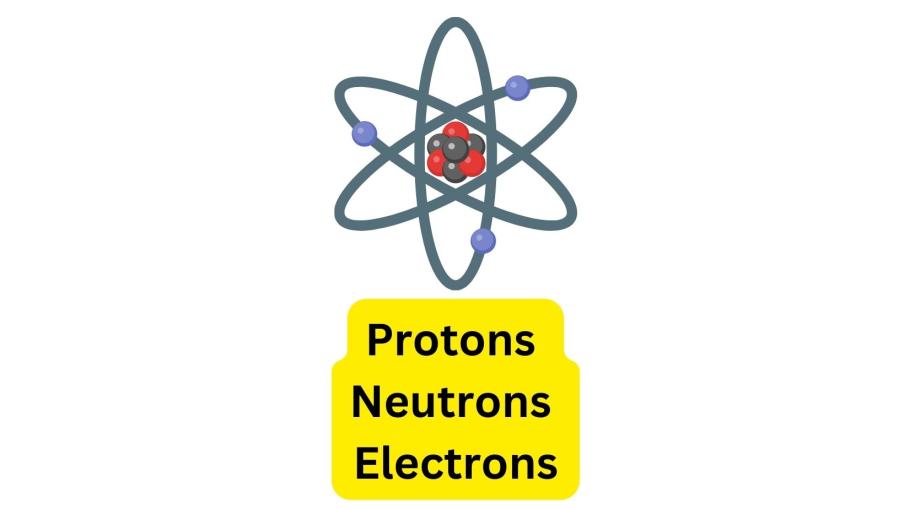How Has the Study of the Northern Lights Advanced Our Understanding of Space Weather?
The Northern Lights, also known as Aurora Borealis, are a mesmerizing natural phenomenon that has captivated humanity for centuries. Beyond their breathtaking beauty, the study of the Northern Lights has significantly advanced our understanding of space weather, providing valuable insights into the dynamic interactions between the Sun, Earth, and the vast expanse of space.

I. The Sun And Solar Activity
The Sun, as the primary driver of space weather, plays a crucial role in shaping the conditions in near-Earth space. Solar flares, coronal mass ejections (CMEs), and the solar wind are key elements of solar activity that directly impact space weather.
- Solar Flares: These sudden and intense bursts of energy from the Sun release vast amounts of radiation and particles into space.
- Coronal Mass Ejections (CMEs): These are large eruptions of plasma and magnetic fields from the Sun's corona, often associated with solar flares.
- Solar Wind: A continuous stream of charged particles emitted from the Sun's corona, constantly flowing outward through the solar system.
The Sun's activity follows an 11-year cycle known as the sunspot cycle. During periods of high solar activity, the Sun produces more flares, CMEs, and a stronger solar wind, leading to increased space weather activity.
II. The Earth's Magnetosphere And Geomagnetic Storms
Earth's magnetic field acts as a protective shield against the constant bombardment of charged particles from the Sun. The interaction between the solar wind and Earth's magnetosphere gives rise to a variety of space weather phenomena, including the Northern Lights.
- Earth's Magnetic Field: Earth's magnetic field lines extend from the poles to the equator, creating a protective bubble around the planet.
- Interaction with Solar Wind: The solar wind compresses Earth's magnetic field on the dayside and stretches it out on the nightside, forming the magnetosphere.
- Formation of Auroral Oval and Geomagnetic Storms: When the solar wind is particularly strong, it can cause disturbances in Earth's magnetic field, leading to the formation of the auroral oval and geomagnetic storms.
III. The Northern Lights As A Window Into Space Weather

The Northern Lights serve as a natural observatory for studying space weather. By observing the auroral displays, scientists can gain valuable insights into solar activity and its impact on Earth's magnetosphere.
- Auroral Observations: Auroral displays provide a visual representation of the interaction between the solar wind and Earth's magnetic field.
- Auroral Morphology: The shape, color, and movement of the auroras are influenced by solar wind conditions and magnetospheric dynamics.
- Auroral Substorms: These sudden intensifications of auroral activity are associated with the release of energy stored in the magnetosphere.
IV. Technological Advancements And The Study Of The Northern Lights
Advancements in technology have greatly enhanced our ability to study the Northern Lights and space weather.
- Satellites and Ground-Based Observatories: Satellites equipped with specialized instruments monitor auroral activity and provide valuable data on solar wind conditions.
- Spacecraft Missions: Dedicated spacecraft missions, such as the Solar Dynamics Observatory (SDO) and the Parker Solar Probe, study the Sun and solar wind in unprecedented detail.
- Remote Sensing Techniques: Remote sensing techniques, such as radar and lidar, allow scientists to probe the structure and dynamics of the auroral regions.
V. Practical Applications Of Space Weather Knowledge
Understanding space weather has practical applications that benefit society and infrastructure.
- Geomagnetic Storm Forecasting: Accurate forecasting of geomagnetic storms helps protect satellites, communication systems, and power grids from potential disruptions.
- Protecting Satellites and Communication Systems: Space weather information is used to adjust satellite operations and communication systems to minimize the impact of solar activity.
- Mitigating Effects on Power Grids and Aviation: Space weather knowledge aids in mitigating the effects of geomagnetic storms on power grids and aviation operations.
VI. Ongoing Research And Future Prospects
Research into space weather and the Northern Lights continues to expand our understanding of these phenomena.
- Space Weather and Climate Change: Exploring the potential link between space weather and climate change is an active area of research.
- Space Weather on Other Planets: Studying space weather on other planets, such as Mars and Jupiter, provides insights into the broader dynamics of space weather.
- International Collaborations: Global partnerships and collaborations are essential for advancing space weather research and sharing knowledge.
VII. Conclusion
The study of the Northern Lights has significantly advanced our understanding of space weather, providing valuable insights into the dynamic interactions between the Sun, Earth, and the vast expanse of space. Continued research and technological advancements will further enhance our ability to forecast and mitigate the effects of space weather, benefiting society and infrastructure worldwide.
YesNo

Leave a Reply